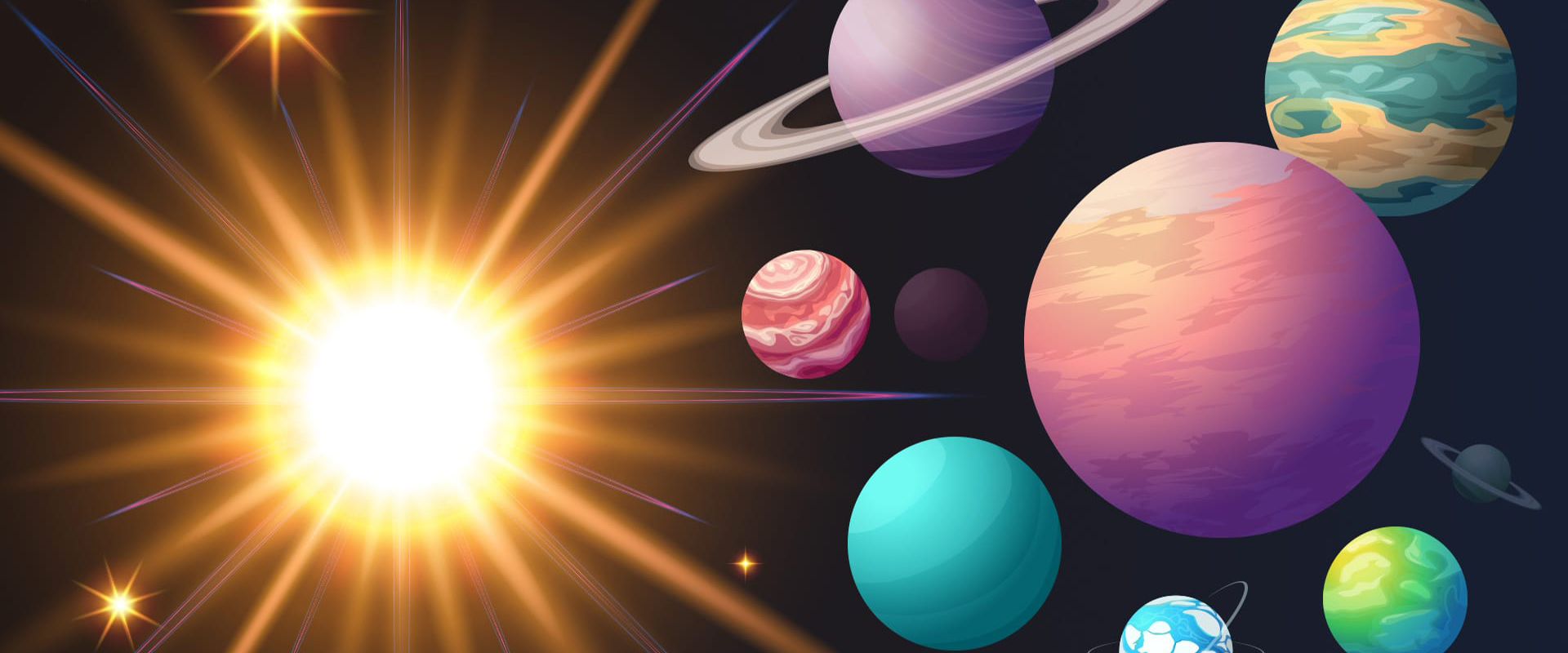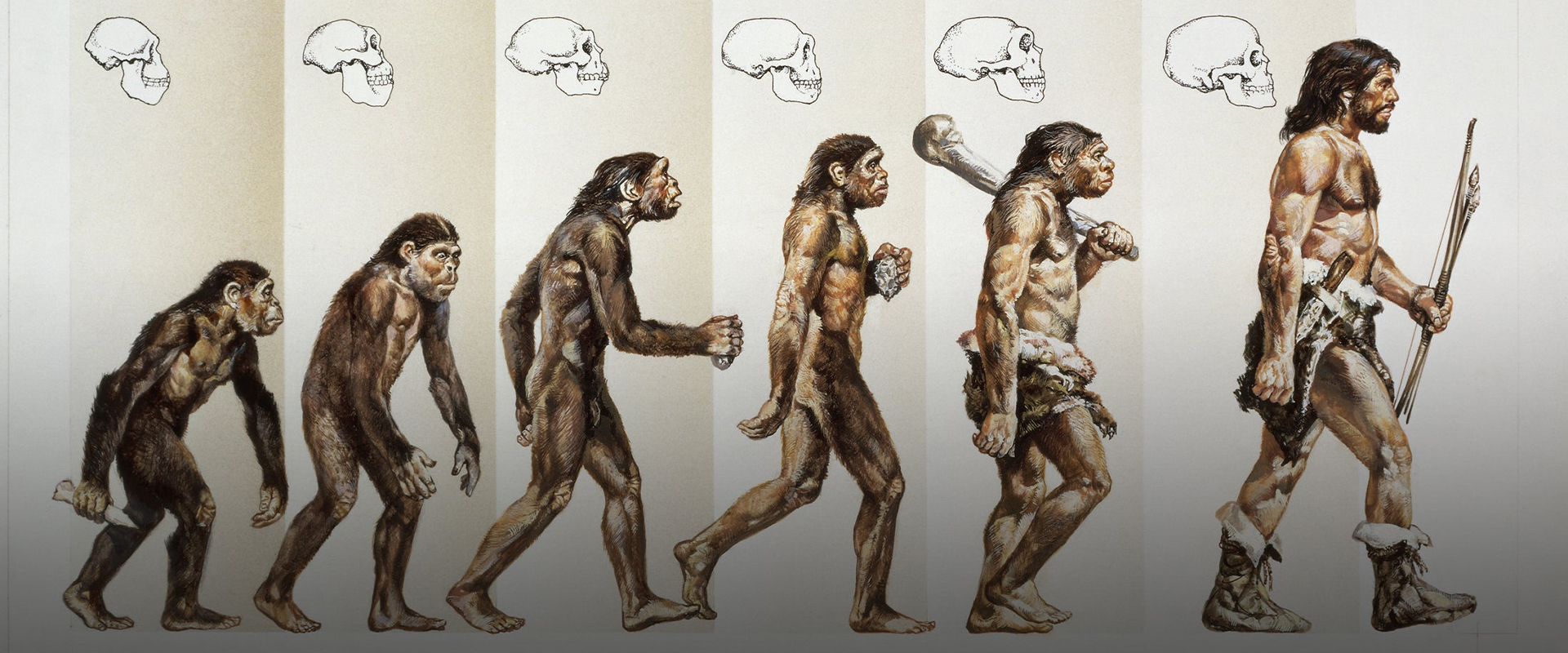Journey to the Solar System Planets and Beyond
What s going on above our heads? Have you ever looked up and wondered what s happening in space at this very moment? Planets: what are they? How far are they from us and what do they consist of? How are gas giants formed? And what are planetary systems? Here s everything you need to know about planets to impress your astronomy teacher. Get ready to travel to each of the planets of our Solar System and further beyond its borders. You ll see a "Saturn on steroids", a planet with the most amazing auroras, a planet encased in a thick layer of ice and so much more... TIMESTAMPS T Tauri phase of a star 00:00 Planetesimals 00:40 Planetary cores 01:12 How gas giants were formed 01:21 Rocky planets appear 01:37 Planetary systems 01:50 Mercury 02:07 Venus 03:58 Earth 05:52 Mars 07:45 Jupiter 09:36 Saturn 11:42 Uranus 14:11 Neptune 15:48 Planets outside our Solar System 17:33 GJ 1214 b 17:43 HD189733b 18:43 WDJ0914+1914 19:42 Gliese 436b 20:39 WASP-76 b 22:19 Planet that produces amazing auroras 23:09 Super Saturn 24:16 Gliese 581c 25:05 Gliese 504b 27:24 SUMMARY - The pebbles in space become large rocks and rocks stick together, turning into the building blocks of future planets – "planetesimals." - Tiny particles of ice form "snowballs" that later turn into giant planetary cores. - Jupiter and Saturn were the first planets to form in the Solar System. - After planets start orbiting their star, they become a planetary system. - Mercury is the smallest of all the 4 inner planets - it s just 3,000 miles at the equator. - The Venus s surface is reddish-brown. It s a dry and hot place, with a pressure 90 times greater than that on Earth - Water covers 71% of the Earth s surface. At its center, there s a core that takes up 15% of the planet s volume. - Mars is freezing cold: the temperatures here drop down to minus 80˚F. Even from afar, the planet looks reddish. - Jupiter is a gas giant with an atmosphere made up of hydrogen and helium gas. It s hidden away by a layer of thick clouds. - If you wanted to step on Saturn s "surface," you d just fall INTO the planet. Its gravity is similar to that on Earth, and the density at the surface is very low. - Uranus is a ice giant has such a beautiful hue thanks to the light from the Sun. It gets reflected off the planet s surface. -The farthest planet from the Sun, Neptune, is only 4 times the size of Earth but 17 times as heavy. The blue "surface" you see in pictures is actually a layer of swirling gas. - Once every 38 Earth hours, GJ 1214 b orbits a red dwarf star. Astronomers have concluded that GJ 1214 b is a giant water world. - HD189733b is located 62 light-years away from Earth. It looks peaceful and slightly familiar: its bluish color might remind you of our home planet. - WDJ0914+1914 is a compressed, smoldering space body with an insane temperature of 49,500˚F. - Gliese 436b hosts huge volumes of water-ice known as "Ice-x." - On WASP-76 b it rains iron at night. - Planet SIMP produces amazing auroras. When it was first discovered in 2016, astronomers thought they had spotted a brown dwarf. - Super Saturn has a system of rings that re 640 times larger than those of Saturn. - Gliese 581c is located 20 light-years away from Earth in the constellation of Libra. - The distance between Gliese 504b and its home star is nine times the distance between the Sun and Jupiter. #brightside Credit: SDO/NASA NASA/GSFC/LaRC/JPL, MISR Team NASA/Earth Observatory NASA/MAVEN/Goddard Space Flight Center/CU/LASP NASA Image and Video Library NASA/JPL/University of Arizona NASA/JPL-Caltech/SwRI/MSSS/Gerald Eichstadt/Justin Cowart NASA/JPL-Caltech/SSI/Hampton University and NASA/JPL-Caltech/University of Arizona NASA/Solar System Exploration NASA, ESA, A. Simon (NASA Goddard Space Flight Center), and M.H. Wong and A. Hsu (University of California, Berkeley) A composite image of Uranus by Voyager 2 and two different observations made by Hubble — one for the ring and one for the aurorae: By ESA/Hubble, CC BY 4.0 https://creativecommons.org/licenses/by/4.0, https://commons.wikimedia.org/w/index.php?curid=57693172 NASA Marshall Space Flight Cente Animation is created by Bright Side. Music by Epidemic Sound https://www.epidemicsound.com/ Subscribe to Bright Side : https://goo.gl/rQTJZz ---------------------------------------------------------------------------------------- Our Social Media: Facebook: https://www.facebook.com/brightside/ Instagram: https://www.instagram.com/brightside.official/ Tik Tok: https://www.tiktok.com/@brightside.official?lang=en Stock materials (photos, footages and other): https://www.depositphotos.com https://www.shutterstock.com https://www.eastnews.ru ---------------------------------------------------------------------------------------- For more videos and articles visit: http://www.brightside.me/




















